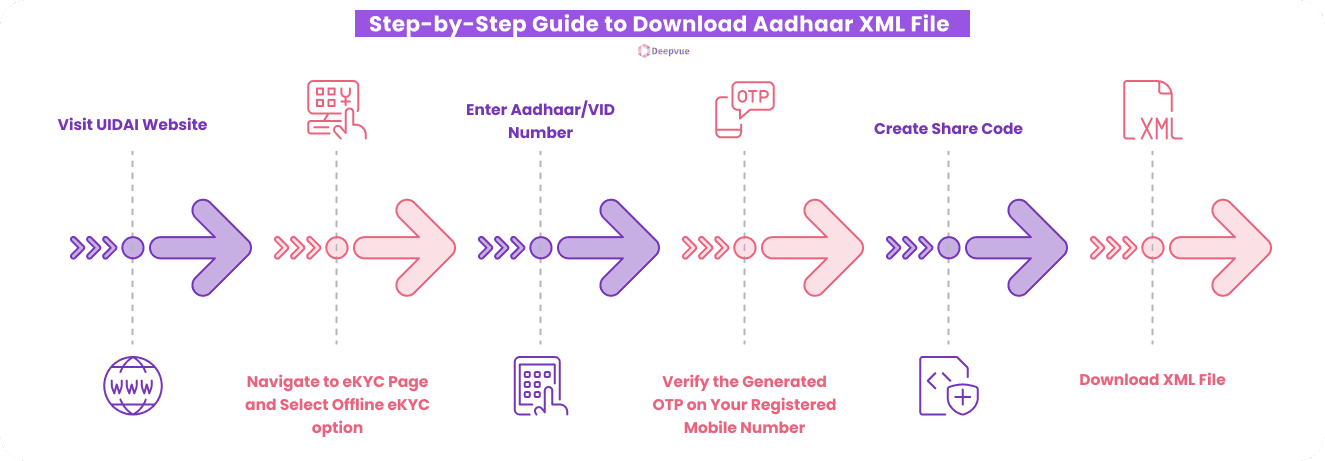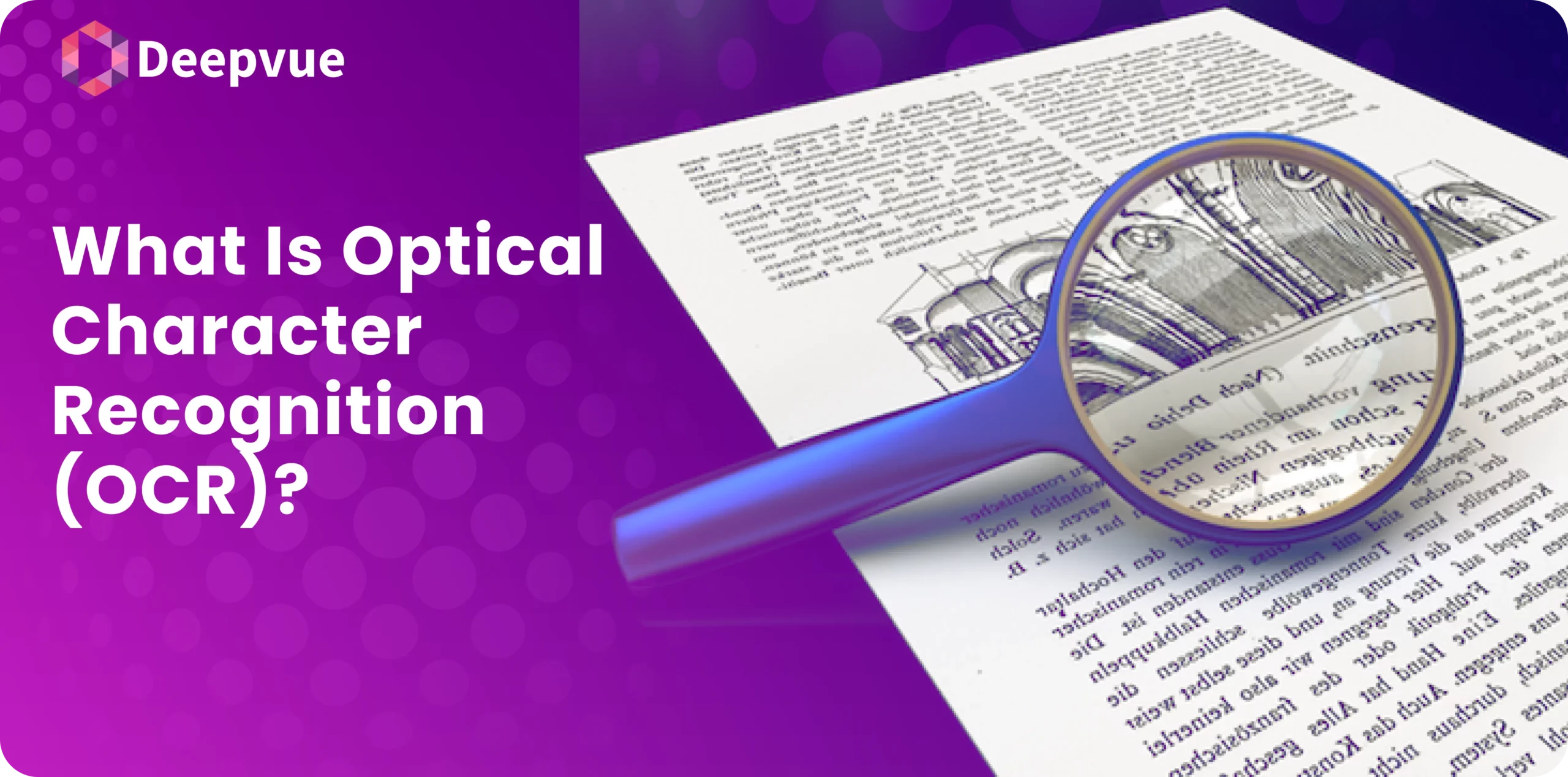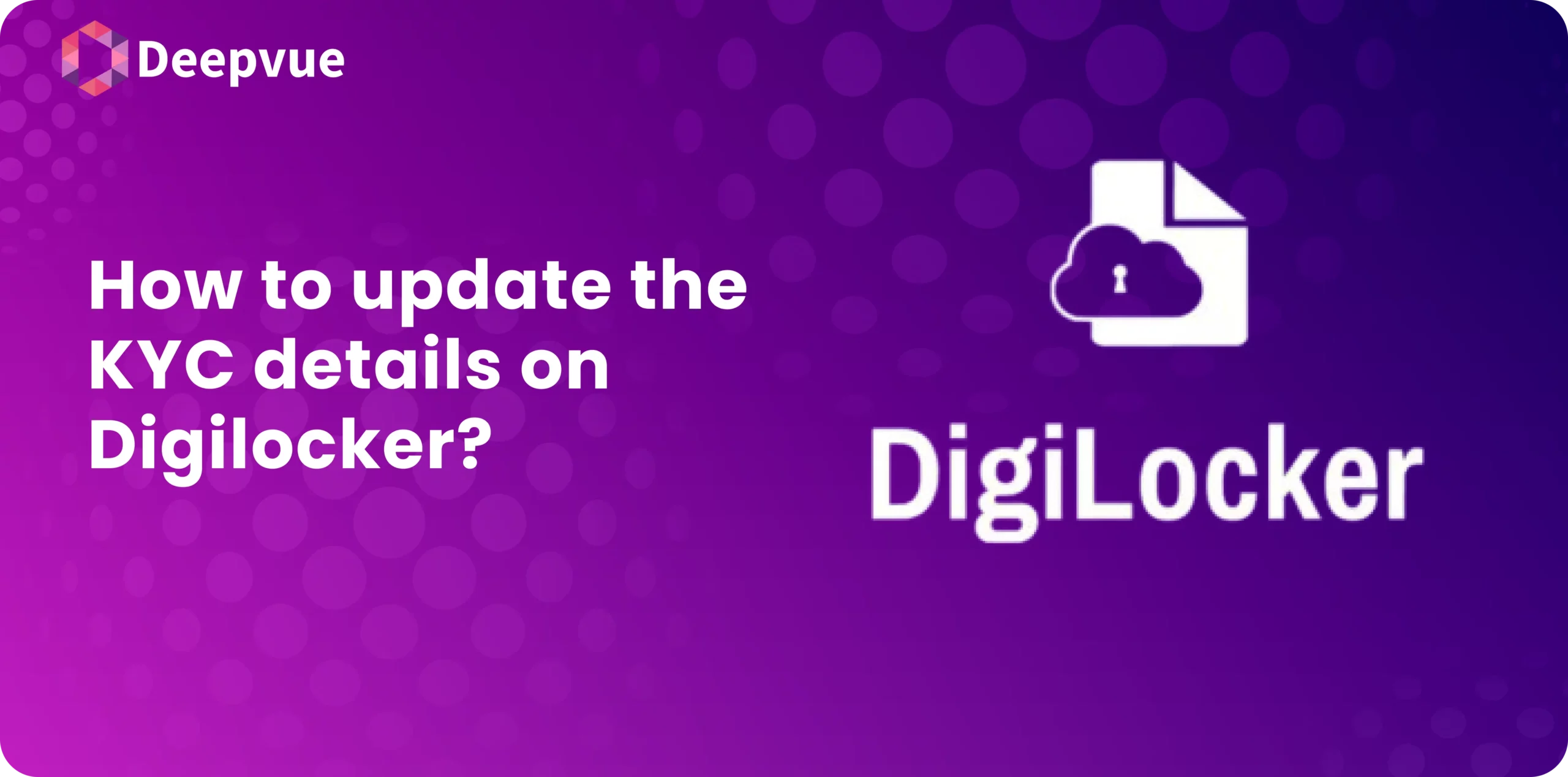To obtain a secure verification of customer identities by financial institutions and businesses in the most effective manner, methods for KYC verification are on the rise, with Aadhaar XML files also gaining popularity recently. These digital signature files that the Unique Identification Authority of India issues contain highly secure, machine-readable identity data for electronic KYC.
By generating and using Aadhaar XML files, organizations can streamline the verification process, reduce paperwork, and minimize fraud risks. Digitally signed by UIDAI, these documents assure a secure, tamper-proof verification of identity. With just a few clicks and share codes, you can access all this and much more, and KYC requirements will be met hassle-free. The article breaks down the step-by-step procedures for creating an Aadhaar XML file and then explains the advantages of smooth and secure KYC verification.
Understanding Aadhaar and KYC Verification
Aadhaar is a 12-digit unique identity number given by the government of India to its residents based on biometric and demographic data. It is quite extensively used in banking, telecom, and services of the government for identity verification.
KYC stands for Know Your Customer. Verifying the identity of their customers is a must for businesses and financial institutions. Aadhaar XML files help in this regard by providing secure, machine-readable identity information for verification.
Importance of Aadhaar XML Files
An Aadhaar XML file is a digitally signed document developed by the UIDAI (Unique Identification Authority of India). It has essential demographic information and some limited biometric information of a particular individual encoded safely for eKYC processes. Aadhaar XML offers a safe, efficient, and reliable identity verification process for any sector while ensuring digital services are facilitated.
Key Benefits of Aadhaar XML Files

- Data Integrity: UIDAI digitally signs every Aadhaar XML file to maintain the integrity of the data as authentic and tamper-free. The digital signature acts as proof of authenticity, giving businesses and users assurance that the details contained in the file are correct and verified by UIDAI.
- Tamper-Proof: One of the most significant advantages of Aadhaar XML files is their tamper-proof nature. A digitally signed file reduces the possibility of document forgery and safeguards against fraud activities that might arise from altered and fictitious identity documents. This increases the reliability and trustworthiness of the verification process.
- Secure Sharing: Aadhaar XML files encrypt sensitive information to ensure secure transmission during data sharing. Encryption means that confidential information, such as demographic and biometric data, is only accessed by authorized persons and cannot be accessed or used by unauthorized individuals. This means that Aadhaar XML files can be a prime tool in securing privacy and security during verification processes.
- Convenient: The Aadhaar XML files are quite flexible and can be used in either online or offline KYC, which is quite convenient for businesses as well as individuals. Be it online onboarding or face-to-face identity verification, the Aadhaar XML file saves the time and effort of manual traditional verification processes.
- Compliance with Regulations: Businesses can then remain compliant with the governmental standards of various regulations, such as KYC and AML. They have to be recognized as files by the government and financial institutions thus making it a valid, reliable, and complaint form of identity verification using Aadhaar XML files for eKYC.
Necessary Prerequisites for Generating Aadhaar XML
Before you download your Aadhaar XML file, you should have:
- Registered Mobile Number: Your Aadhaar must have a registered mobile number to obtain the OTP.
- Stable Internet Connection: To download from the internet with ease.
- Aadhaar Number or VID: You may generate the file using either your 12-digit Aadhaar number or Virtual ID.
- Secure Environment: Refrain from downloading sensitive information over public or shared networks.
Step-by-Step Guide to Download Aadhaar XML File

Online Method to Obtain Aadhaar XML
- Visit the UIDAI Website: Go to https://www.uidai.gov.in/.
- Navigate to the Aadhaar Paperless Offline eKYC Page: Look for the option “Aadhaar Paperless Offline eKYC” under the Aadhaar Services section.
- Enter Aadhaar/VID: Provide your 12-digit Aadhaar number or Virtual ID.
- Generate OTP: Click on the “Send OTP” button. Enter the OTP received on your registered mobile number.
- Create Share Code: Establish a secure share code that will allow only your Aadhaar XML file to be opened.
- Download XML File: Once it is authenticated, download the Aadhaar XML file safely.
Related read: Steps to check your KYC Status
Offline Method to Obtain Aadhaar XML
While the online method is more convenient, some authorized Aadhaar service centers can assist with eKYC verification and offer Aadhaar XML generation services. Visit your nearest center with your Aadhaar card to initiate the process.
Security Measures for Aadhaar XML File
- Use a Secure Share Code: Always use a secure share code. Your share code must be unique and strong.
- Avoid Sharing: Share neither your Aadhaar XML file nor the sharing code with anyone unauthorized.
- Safeguard Storage: The downloaded file will be stored safely in an encrypted location.
- Monitor its Usage: It tracks where and when your Aadhaar XML file is being used.
Advantages of Using Aadhaar XML in KYC
- Aadhaar XML files streamline the KYC process by reducing the need for physical document verification. This enables financial institutions and companies to onboard customers much quicker.
- It reduces fraudulent activities because the file is digitally signed and tamper-proof, so it minimizes the risk of document forgery and identity fraud.
- APIs (Application Programming Interfaces) allow businesses to integrate Aadhaar XML verification seamlessly into their existing systems, further automating and securing the process.
Common Challenges in Aadhaar XML Generation and Solutions
Challenge 1: OTP Not Received
Solution: Ensure that your mobile number is properly linked to your Aadhaar and has proper network coverage. In case the issue is not resolved, you need to ensure that the mobile number registered with UIDAI is the same mobile number you are using to receive the OTP and also that there are no network interruptions at the time of receiving the OTP.
Challenge 2: Invalid Share Code
Solution: Double-check that there is no typo in the share code entered. Confirm that the share code used is valid and meets the security requirement stipulated by UIDAI. In case it is required, then regenerate the share code and try again.
Challenge 3: Technical Issues on UIDAI Website
Solution: If you get technical errors on the UIDAI website, clean your browser’s cache and cookies. You may also try on a different browser or device. It is advisable to try at non-peak hours when there is less traffic on the UIDAI portal.
Integrating Aadhaar XML Verification API into Your Systems
Business entities are increasingly using Aadhaar XML verification APIs in the processes involving the onboarding of customers and identity verification. Embedding Aadhaar XML verification APIs to your systems has several advantages:
- Automate Verification: Integrate Aadhaar XML verification APIs to reduce manual intervention. Automation of verification would speed up the verification process, thus making it error-free and much faster. Thus, onboarding would be less cumbersome.
- Enhance Security: With Aadhaar verification APIs, data exchange remains secure and authenticated, preventing identity fraud and unauthorized access. All these APIs also adhere to the stringent security standards of UIDAI, wherein sensitive customer information is always kept protected.
- Improvement of User Experience: Faster and more efficient onboarding leads to benefits for the customers. The seamless verification of Aadhaar reduces friction while registering, getting rid of time-consuming paperwork and manual verification steps.
- Boost Compliance and Trust: Using Aadhaar verification APIs, one can ensure the business is fully compliant with several rules, such as KYC. This will result in trustful customers. They will be attracted to the site if it verifies their identity immediately and accurately, which will prove the credibility and compliance of that business.
- Cost Efficiency: Aadhaar XML verification APIs eliminate the need for expensive manual verification and paperwork, saving time as well as operational costs. It shortens the onboarding cycle and reduces human hours in the verification process, leaving more scope and space for businesses to grow and innovate.
Conclusion
So there you have it—creating an Aadhaar XML file for KYC verification doesn’t have to be rocket science. Use it through a few clicks, share a secure code, and breeze through the KYC requirements without breaking into a sweat. Do not forget security best practices, especially when using APIs to do this. Stay informed and take advantage of this paperless, secure KYC solution for seamless identity verification.
Looking for a seamless way to verify Aadhaar details for secure onboarding? Our Aadhaar Verification API allows businesses to validate the Aadhaar numbers of users speedily and with accuracy, aligning with regulations while improving experience. Businesses are able to onboard users faster, with minimal friction, through this real-time verification.
FAQ:
How to generate XML files for Aadhaar?
Log in on the UIDAI website using Aadhaar details. Authenticate using an OTP or biometrics. Now, generate the Aadhaar XML file and download it.
What is the Aadhaar XML share code?
The Aadhaar XML share code is a unique code used to authorize the sharing of your Aadhaar details for eKYC. It ensures secure data transmission.
How can I download my Aadhaar card KYC zip file?
Log in to UIDAI, navigate to the “Download Aadhaar” section, authenticate via OTP, and download the KYC zip file containing the Aadhaar XML.
What is the Aadhaar XML password?
The Aadhaar XML password will be the first four letters of your name written in uppercase with your birth year. For instance, “JOHN1990.”
What is Aadhaar Paperless Offline e-KYC?
Aadhaar Paperless Offline e-KYC supports the secure, encrypted sharing of Aadhaar details for KYC purposes, without physical documents, which then maintains privacy and control.








